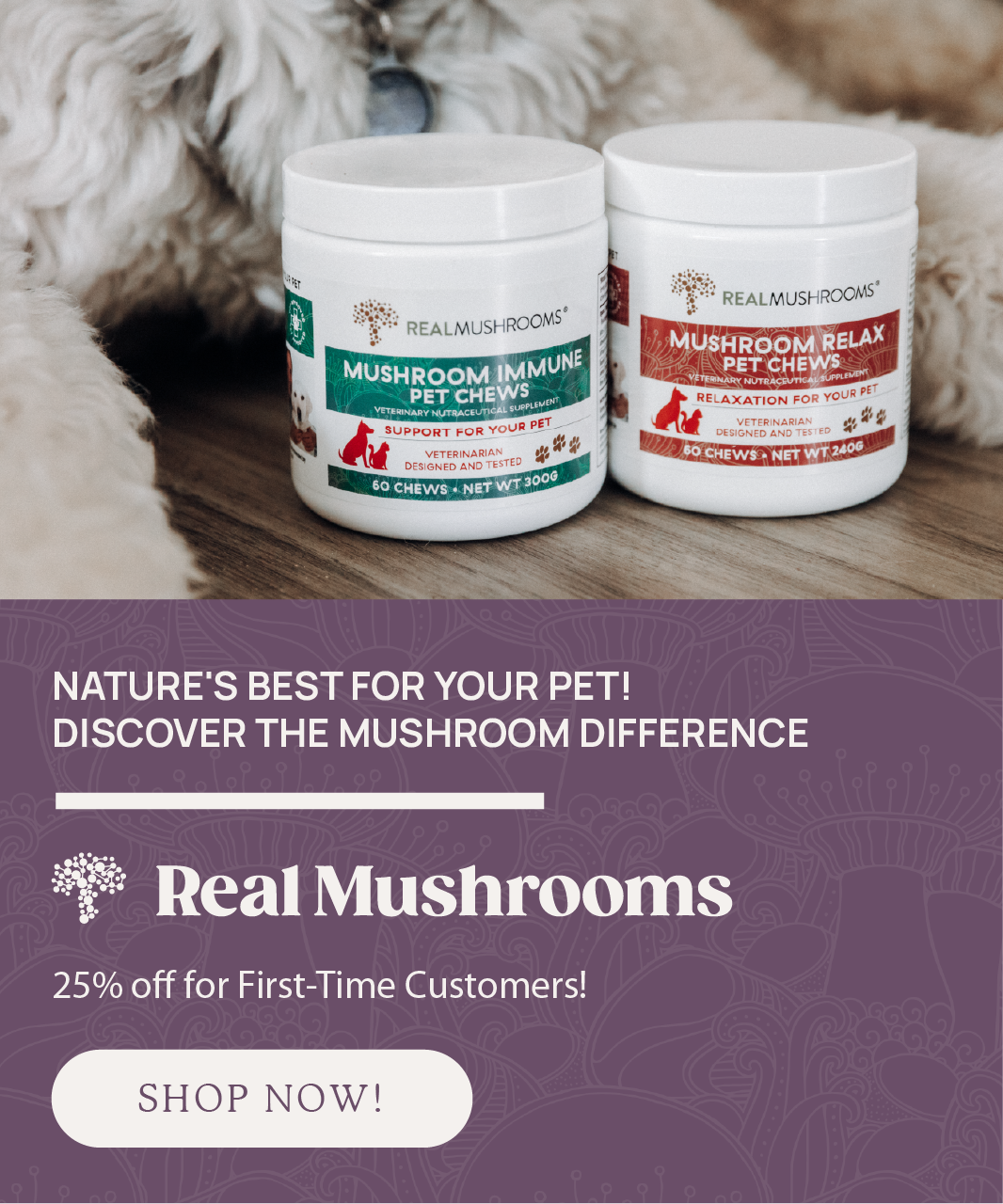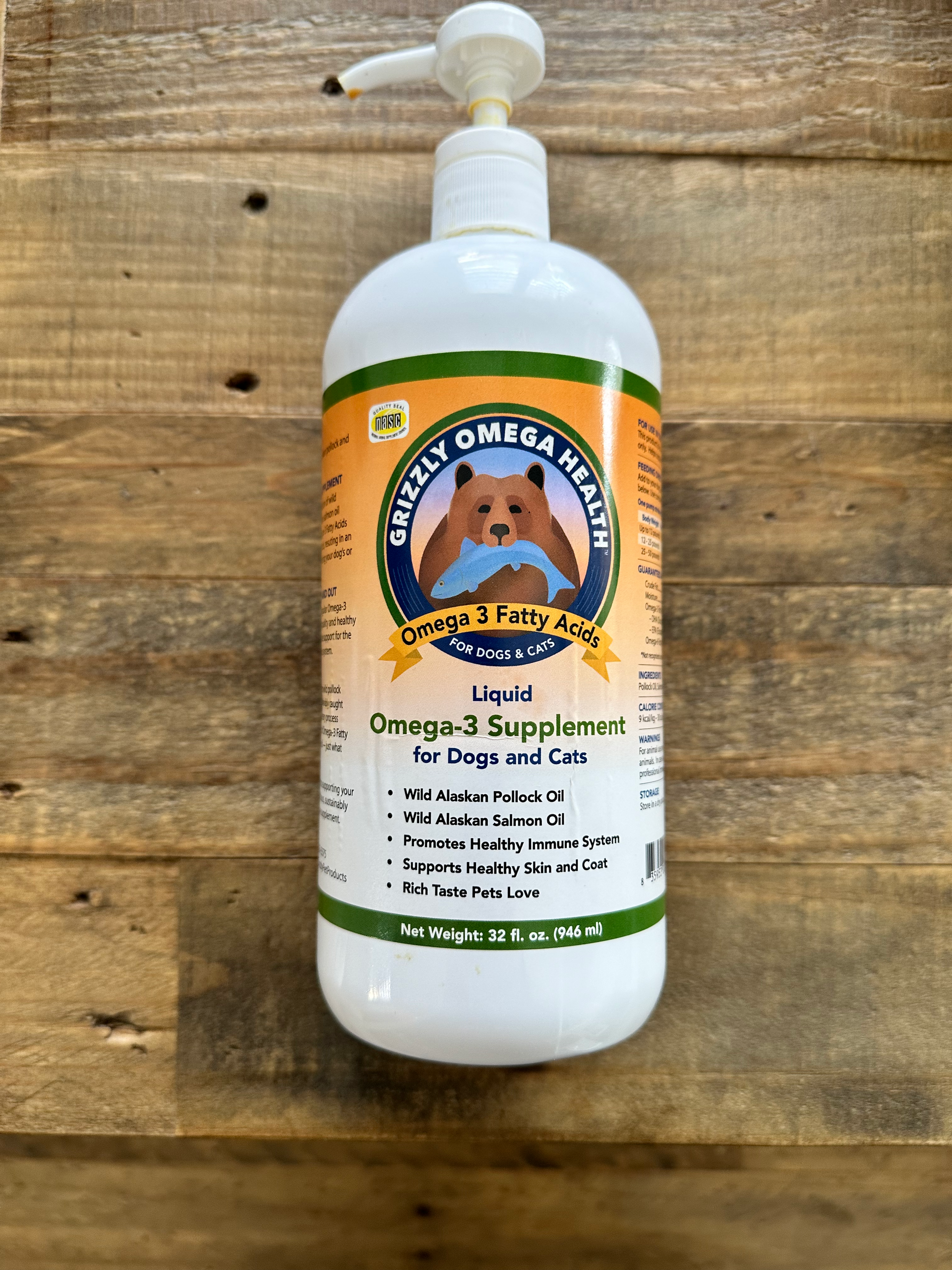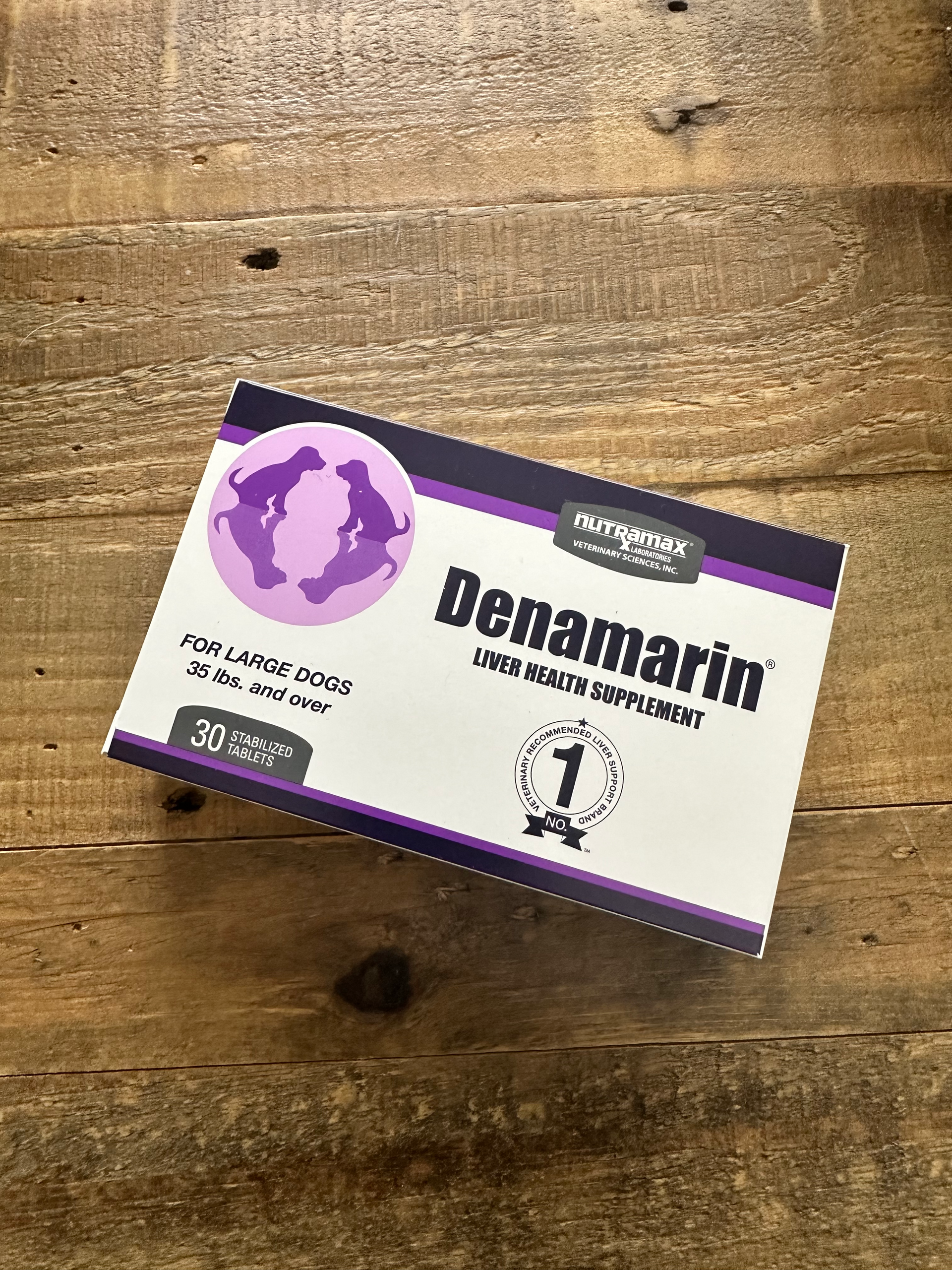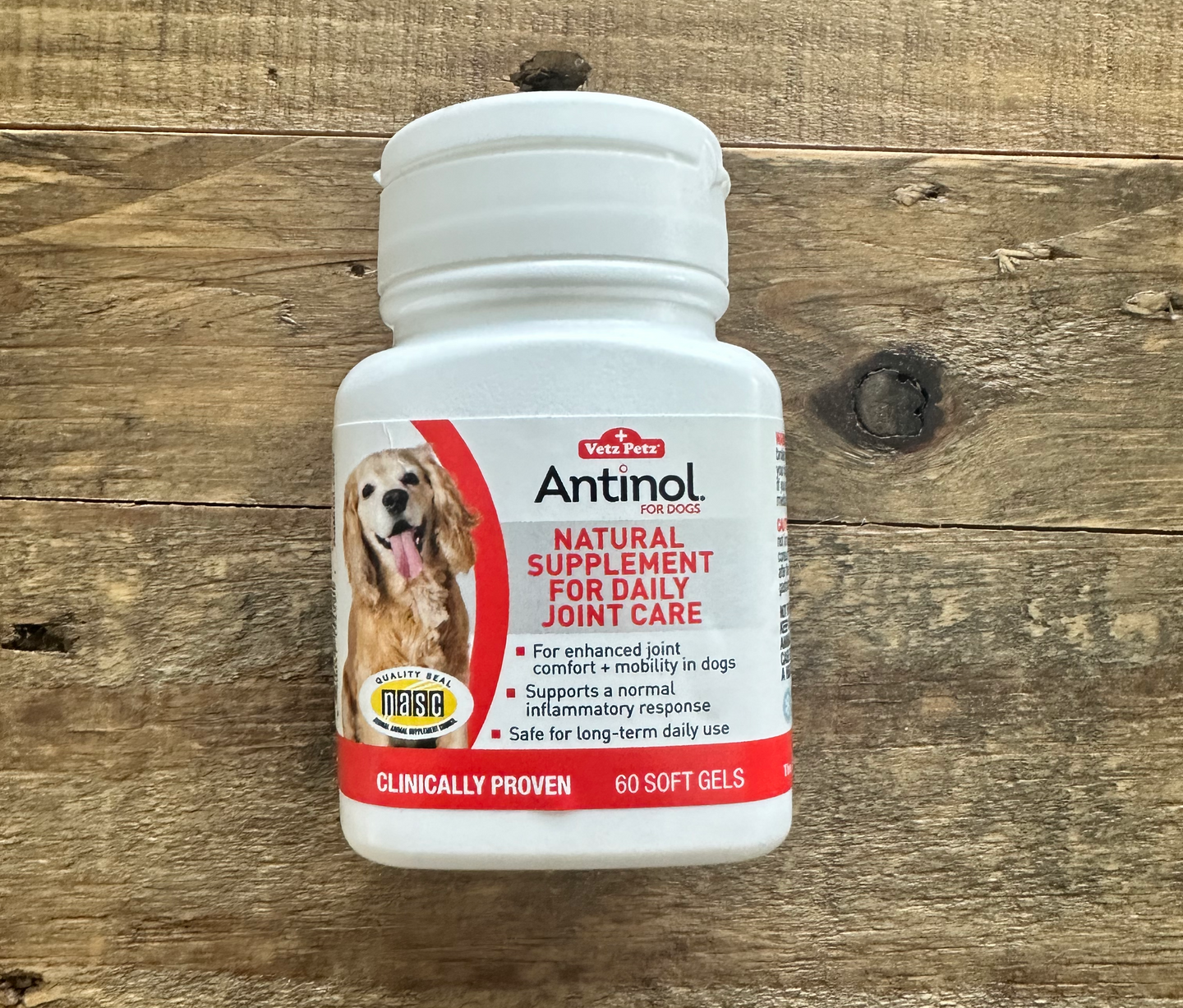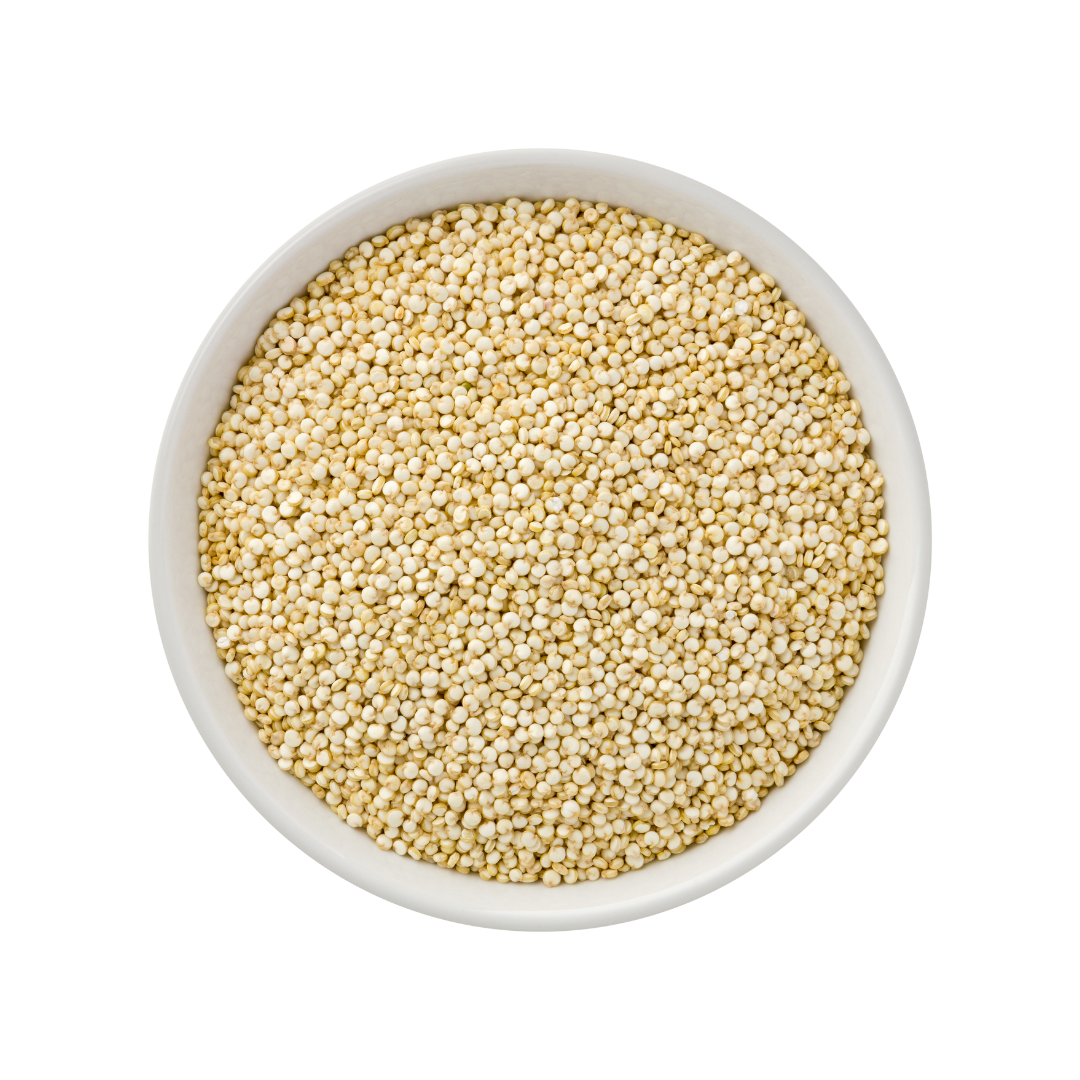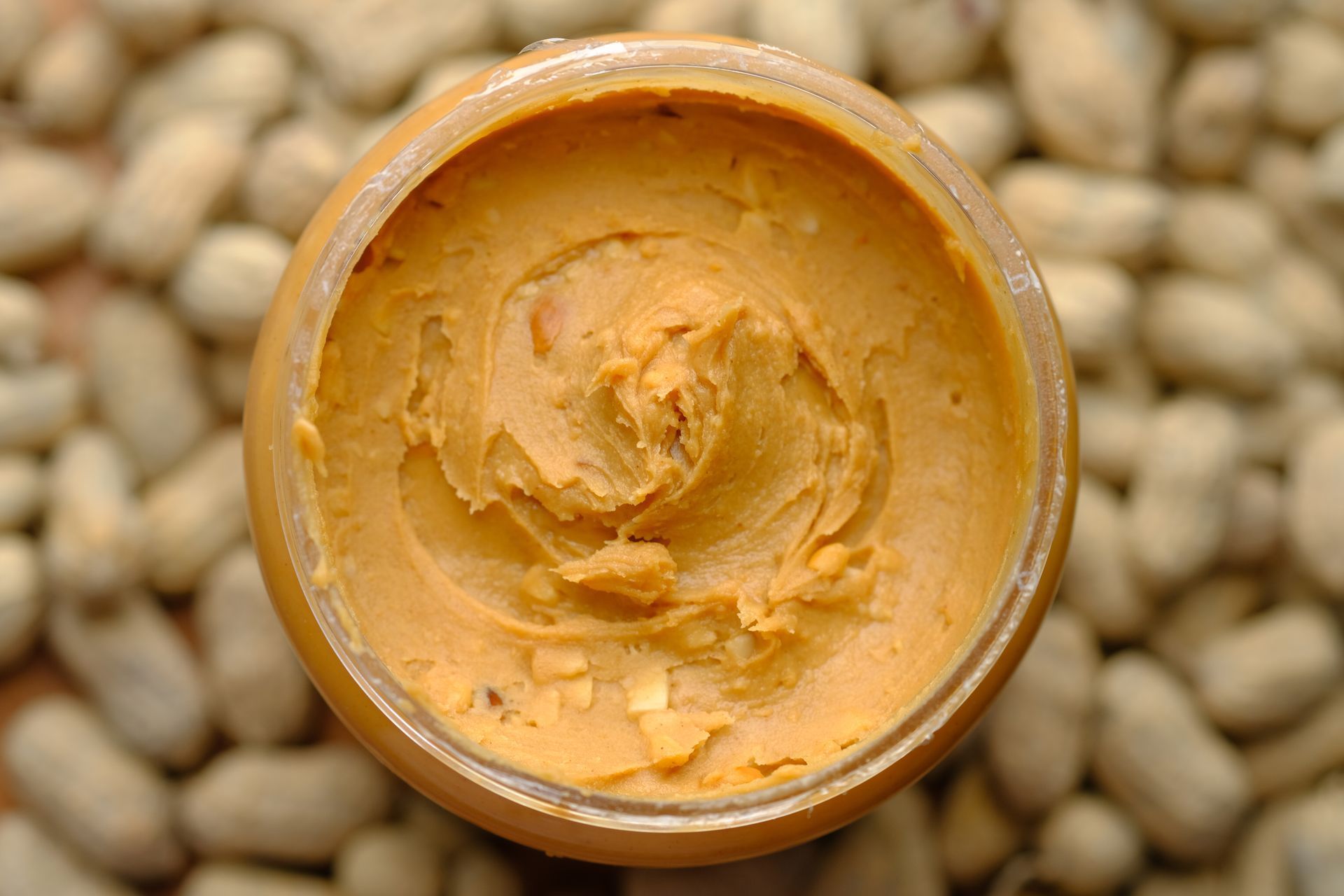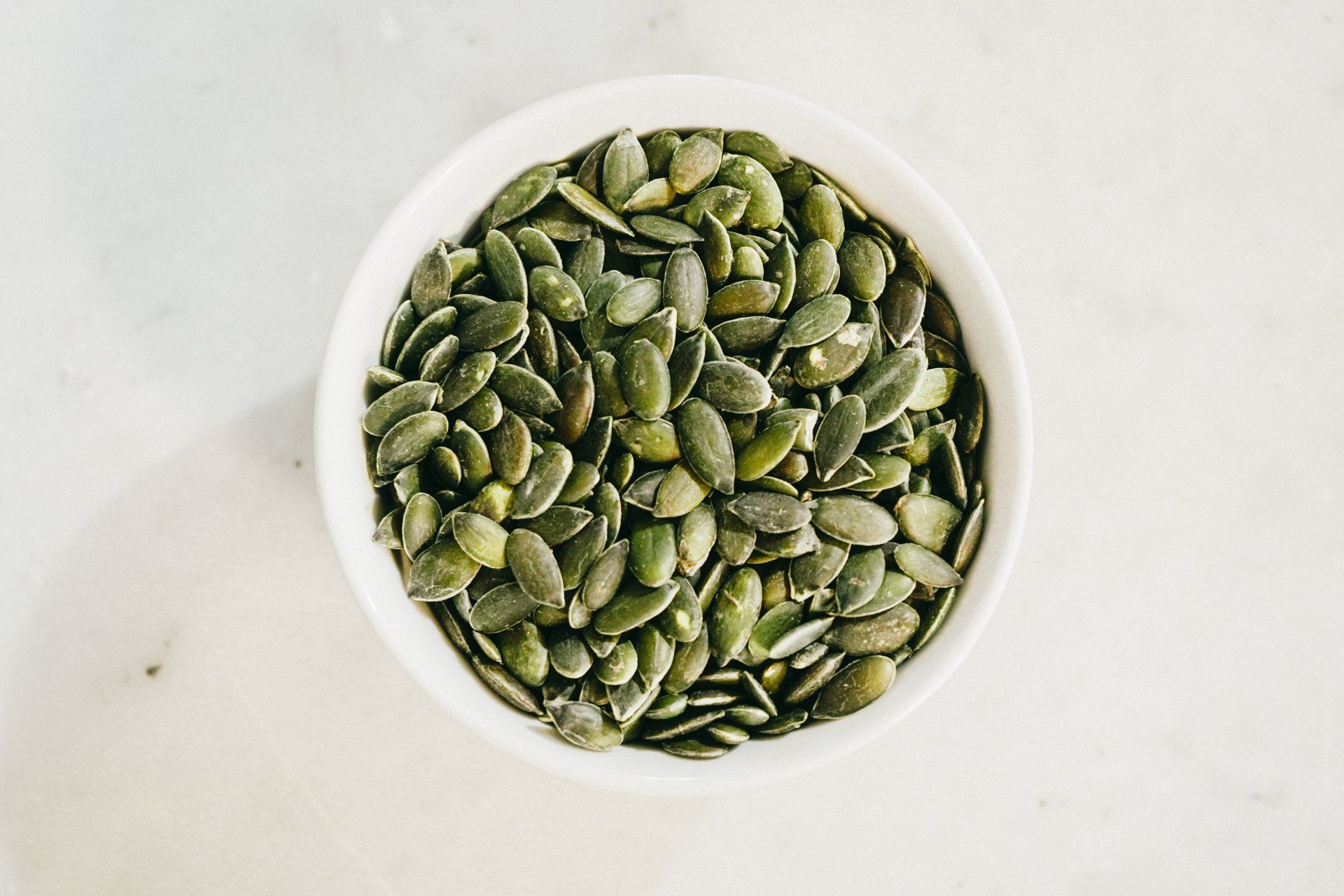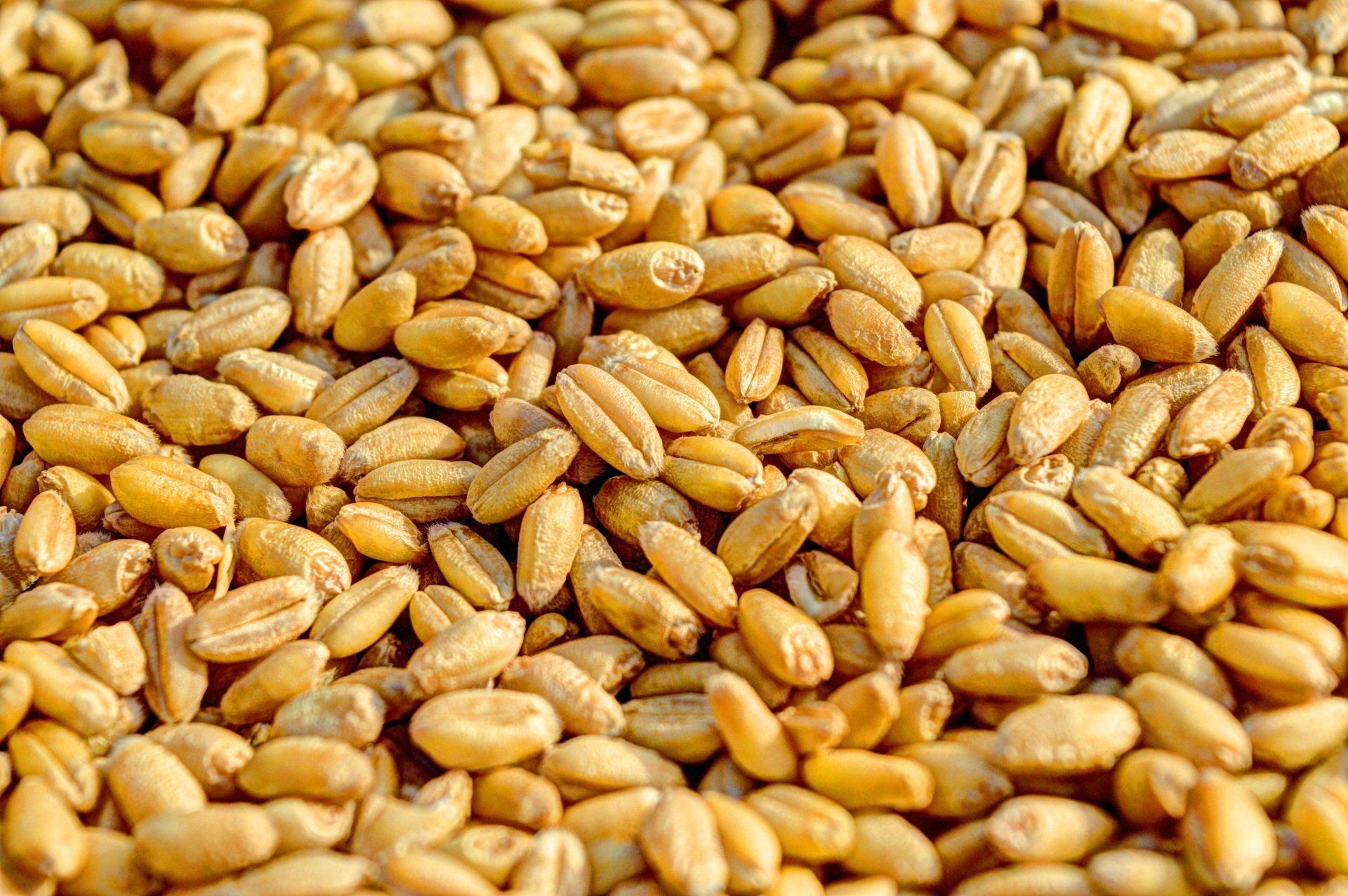For our dogs, maintaining healthy joints is crucial for pain-free movement and an active lifestyle. While traditional supplements like glucosamine and chondroitin reign supreme, a lesser-known hero emerges from the depths of the ocean: the green-lipped mussel.
Green-lipped mussels hold several unique characteristics that
set them apart from other mussel species, particularly omega-3s. But also, green lipped mussels contain
omega-3s that are not found in fish oils. Let's delve into the fascinating world of green-lipped musses and explore their potential benefits for your dog's joint health, particularly in cases of arthritis.
Unveiling the Mystery of Green Lipped Mussels
Green-lipped mussels (GLM) aren't your typical dinner plate mussels you might find in a bouillabaisse. These emerald green marvels hail from the pristine waters of New Zealand. Unlike their deep-sea cousins, GLM cling tenaciously to rocks in the intertidal zone, enduring constant battering by waves and exposure to sunlight. This harsh environment might seem unforgiving, but it's what makes GLM so special.
Green-lipped mussels have adapted to this challenging environment by producing a unique nutritional profile. They're packed with omega-3 fatty acids, particularly EPA and ETA. EPA is a well-known anti-inflammatory superstar, but its partner, ETA, is even more intriguing. Studies suggest ETA might be even more effective at reducing inflammation than EPA, specifically targeting joint inflammation.
In addition to these powerful omega-3s, GLM are a natural source of
glucosamine and chondroitin, the building blocks of healthy cartilage in joints. But GLM offer an extra benefit:
glycosaminoglycans (GAGs). These complex sugar molecules act like sponges in your dog's joints, attracting and retaining fluid to keep cartilage plump and lubricated, promoting smoother movement and reducing stiffness.
How Green Lipped Mussels Can Help Your Dog with Arthritis
ETA, the potentially super anti-inflammatory omega-3 fatty acid. This superstar, along with its partner EPA, is a key player in how green-lipped mussels (GLM) can potentially benefit dogs with arthritis.
Chronic arthritis in dogs is driven by inflammation in the joints. This inflammation can cause pain, swelling, and stiffness, making it difficult for your furry friend to move around. The potent anti-inflammatory properties of ETA and EPA in GLM may help to reduce inflammation in the joints, leading to decreased pain and improved mobility for your dog.
But GLM's benefits go beyond just easing pain. We mentioned glycosaminoglycans (GAGs), the lubricant superheroes in your dog's joints. Well, GLM are a natural source of GAGs! These GAGs act like tiny sponges, attracting and retaining fluid within the joints. This fluid keeps cartilage plump and lubricated, allowing for smoother movement and reducing stiffness associated with arthritis.
There's more! GLM also contain chondroitin, another crucial component of healthy cartilage. While the exact mechanism isn't fully understood, some research suggests chondroitin may help to slow the breakdown of cartilage in arthritic joints.
By potentially reducing inflammation, lubricating joints, and possibly slowing cartilage breakdown, green-lipped mussels offer a multi-pronged approach to managing arthritis in dogs.
Introducing Green-Lipped Mussels to Your Dog with Arthritis
Green-lipped mussels (GLM) have emerged as a promising natural remedy for managing arthritis in dogs. Here's a breakdown of key considerations before incorporating GLM into your dog's routine:
Dosage:
- GLM supplements come in various forms: powder, capsules, or chews.
- The recommended dosage depends on the specific product, your dog's weight, and the severity of their arthritis.
- Always prioritize the manufacturer's instructions and consult your veterinarian for a personalized plan tailored to your dog.
Form Selection:
- Consider your dog's preferences when choosing a form.
- Powders can be sprinkled on food, while capsules might be easier for some dogs to swallow.
- Powders can be strong smelling, which can be good or bad depending on your pup. Some dogs may find the smell delicious while others may refuse to eat it.
- Capsules can have less of a smell for dogs making it easier to hide in food, however some dogs are magicians at sniffing out hidden pills.
Potential Side Effects:
- GLM are generally safe for most dogs.
- However, some dogs might experience mild digestive upset, such as loose stools or gas, especially when first introduced to the supplement. Be sure to introduce slowly.
- If you notice any concerning side effects, discontinue use and consult your veterinarian immediately.
Important Reminders:
- GLM are a natural supplement and may take time to show noticeable effects. Consistency is key! Results may take some time.
- Be patient and discuss your dog's progress with your veterinarian to determine if GLM are a suitable addition to your dog's arthritis management plan.
Frequently Asked Questions
What are Green Lipped Mussels?
Green lipped mussels (GLM) are a type of shellfish native to the waters around New Zealand. They're a dark green color and are known for being a rich source of nutrients that may benefit your dog's health, particularly their joints.
Are Green Lipped Mussels safe for dogs?
es, for most dogs, green lipped mussels are considered safe. However, there are a few things to consider:
Shellfish Allergies: If your dog has a known allergy to shellfish, then green lipped mussels are not recommended.
Underlying Medical Conditions: If your dog has any underlying medical conditions or is taking any medications, consult your veterinarian before introducing green lipped mussels to their diet. There could be potential interactions or concerns depending on the specific health situation.
What are the benefits of Green Lipped Mussels (GLM) for dogs?
Green lipped mussels may offer several benefits for dogs, particularly those with joint problems:
Reduced Inflammation: GLM is a source of omega-3 fatty acids, particularly EPA and ETA, which have natural anti-inflammatory properties. This may help reduce inflammation in the joints associated with arthritis and other joint conditions.
Supports Joint Health: GLM also contains glycosaminoglycans (GAGs), including glucosamine and chondroitin sulfate. These compounds are important for building and maintaining healthy cartilage, the tissue that cushions the joints. While the exact mechanism isn't fully understood, GLM may help slow cartilage breakdown and promote its repair.
Improved Mobility and Comfort: By reducing inflammation and supporting joint health, green lipped mussels may help improve your dog's mobility and comfort. This can be especially noticeable in dogs with arthritis or other joint conditions that cause pain and stiffness.
How are Green Lipped Mussels given to dogs?
Green lipped mussels come in various forms to suit your dog's preferences and your ease of administration:
Treats: These are a popular option, often made with freeze-dried green lipped mussels. They're a tasty way for your dog to get their daily dose of GLM.
Capsules: Capsules are a good option for dogs who don't like the taste of green lipped mussels. You can open the capsule and sprinkle the powder over your dog's food.
Powder: Green lipped mussel powder can be easily mixed into your dog's food. This is a versatile option and allows for easy dose control.
Can I give Green Lipped Mussels with other joint supplements, like Dasuquin?
Yes, maybe, depending on the ingredients. Here's why:
Dasuquin often contains glucosamine and chondroitin sulfate, which directly contribute to cartilage health by providing the building blocks for its production. Green lipped mussels, on the other hand, target inflammation with omega-3 fatty acids and other compounds.
Since they work in different ways, combining them might be beneficial for a more comprehensive approach to joint support in your dog.







